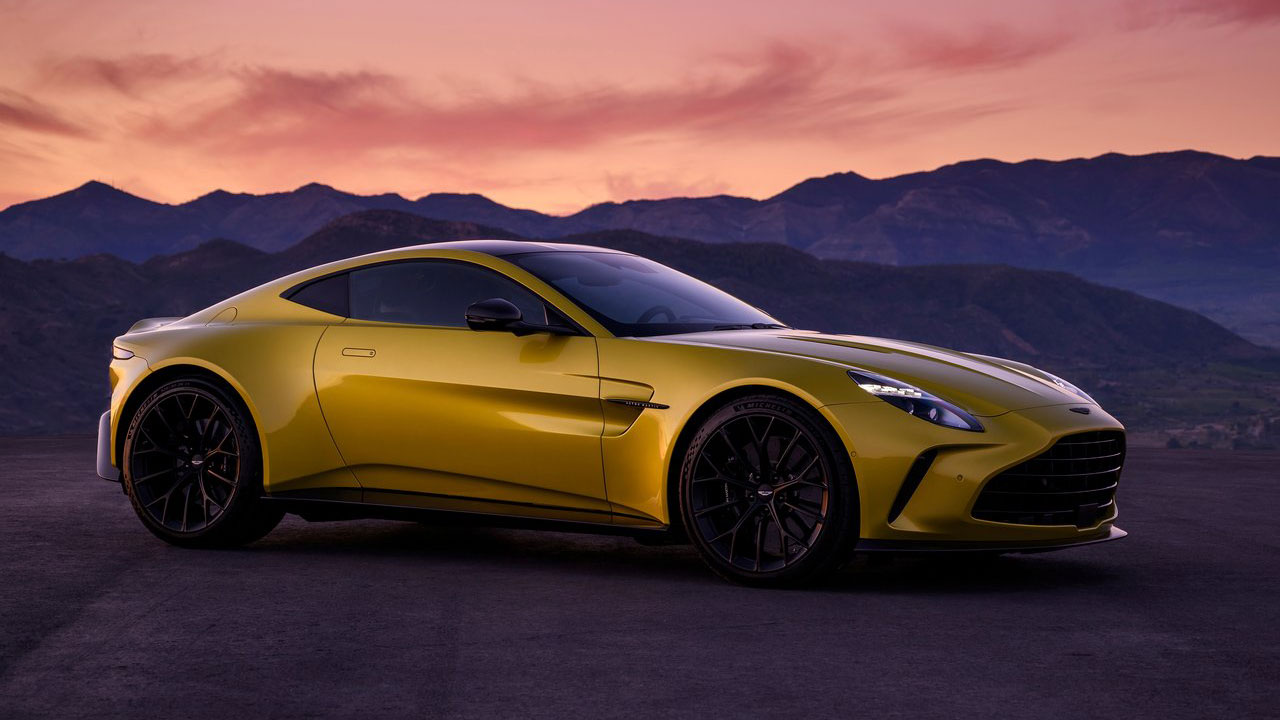The company's executive chairman, Lawrence Stroll, cited customer demand for the "sounds and smells" of combustion engines as a key reason for this shift. Stroll shared these insights with Autocar, highlighting that the transition to electric power is still on the horizon but will take longer than initially expected.
Lawrence Stroll pointed out several factors contributing to this strategic pivot. He emphasized that Aston Martin customers have a distinct preference for combustion engines over electric vehicles at the luxury carmaker's price point. According to him, there is more excitement surrounding electric vehicles than actual demand among Aston Martin's clientele. Stroll also mentioned plans to invest in plug-in hybrid technology for V-8 and V-12 engines to comply with emissions standards while boosting performance. He expressed a commitment to selling combustion engine models until regulations no longer permit their sale.
The automotive industry faces numerous hurdles in transitioning to BEVs, including inconsistent demand, high costs, and inadequate charging infrastructure.
Analysis of the U.S. EV market trends through the first three months of 2024 reveals mixed signals. For instance, Volvo witnessed a 65% decline in EV sales but a 45% increase in hybrid sales. Conversely, deliveries of the Ford Mustang Mach-E soared by 77%, while Toyota Prius sales skyrocketed by 138%. These trends indicate a growing interest in hybrid vehicles rather than pure electric models among consumers.
Aston Martin's focus on plug-in hybrid electric vehicles (PHEVs) aligns with similar strategies by other luxury car manufacturers like Lamborghini, suggesting an industry-wide trend toward hybrids as an interim solution before fully transitioning to BEVs. This approach seems to be driven not only by consumer preferences but also by practical considerations such as existing technological limitations and infrastructural challenges.
Source: Autocar

